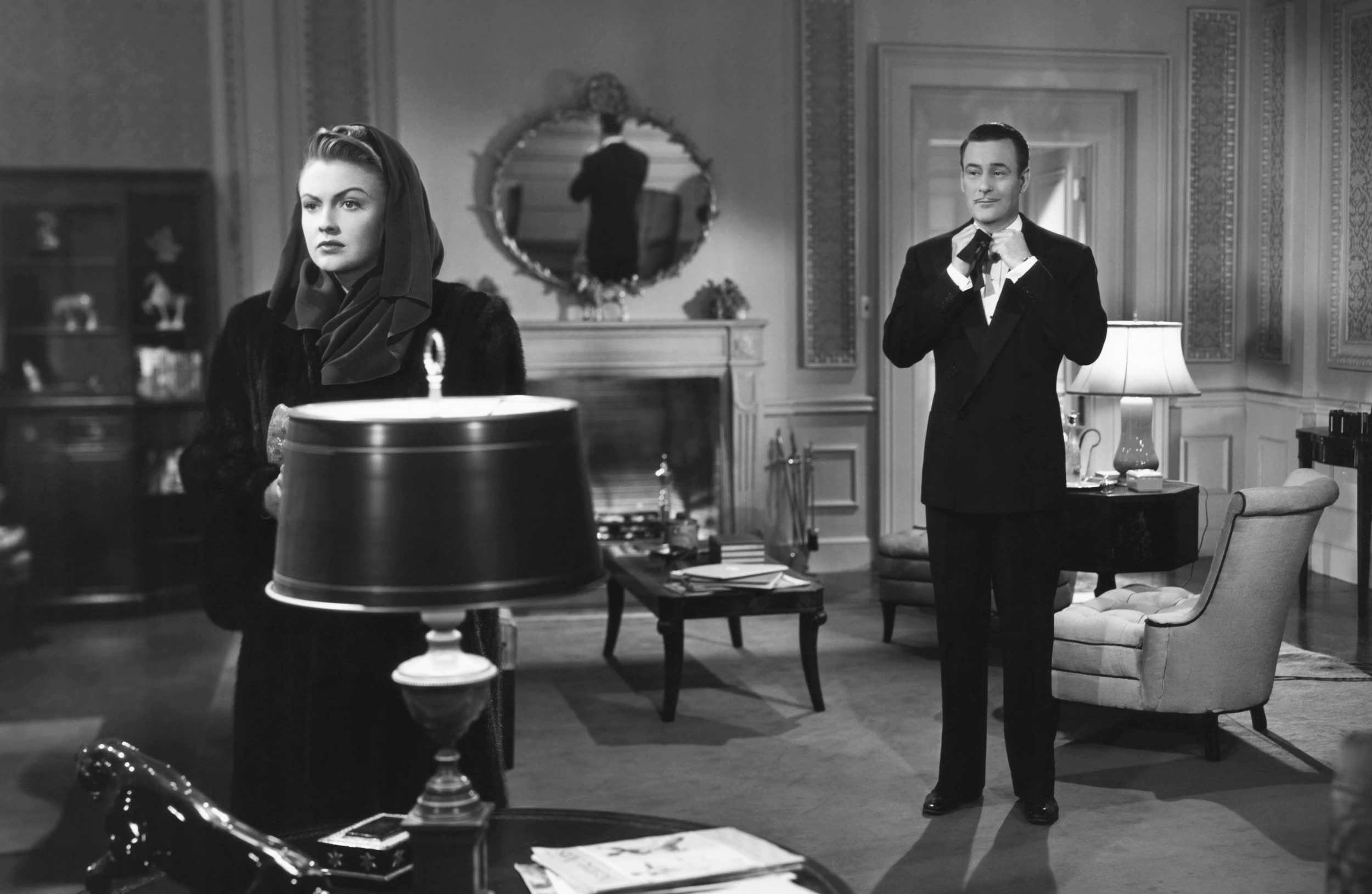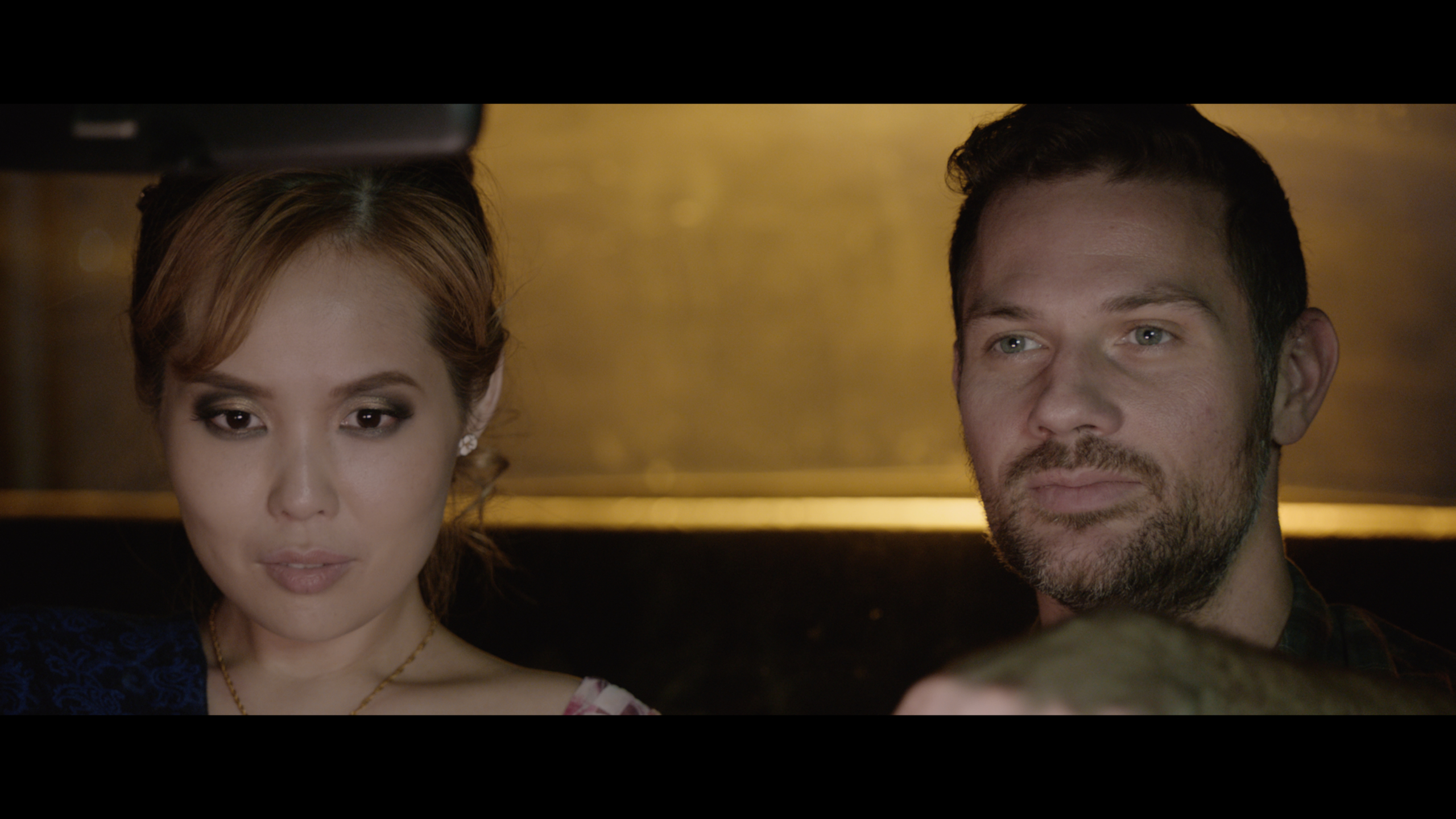It’s a joke now that we’ve all been repeating the same day over and over for more than a year now. I had been thinking about this and also my unapologetic love of time loop movies.
Welcome to In the Loop, a project where I will write about time loop movies (and on occasion, TV shows) once a week.
Note: I will be writing about all of these movies as if you’ve seen them, so spoilers ahead!
The Girl Who Leapt Through Time (2006, directed Mamoru Hosoda)
- Time until the loop begins: 15 minutes
- The cause of the loop/inciting incident: Falls and breaks a walnut-like object & then flies off her bike in front of a train
- Number of time loops: I counted 19
- Lessons learned: Time waits for no one

Makota (Riisa Naka) is an average girl — OK student, not graceful but not clumsy, cute but not necessarily popular. Her two best friends are boys named Chiaki (Takuya Ishida) and Kōsuke (Mitsutaka Itakura). After falling in a science classroom, she realizes she’s developed the power to travel back in time after she ends up flying through the air after crashing her bike.
This version of The Girl Who Leapt Through Time by director Mamoru Hosoda and writer Satoko Okudera is part reimagining, part sequel to the 1967 novel, written Yasutaka Tsutsui (the novel’s protagonist, Kazuko Yoshiyama, is Makota’s aunt). It is one in a long line of adaptations of this novel — there have been live-action movies, multiple TV versions and even a stage play. I once had ambitions to track down and watch every version but that proved impossible (I don’t know Japanese and even if a version was available, it probably didn’t have subtitles). But I like the idea that all the versions of The Girl Who Leapt Through Time are almost a time loop themselves.
Makota uses her new time-leaping powers (she literally leaps to go back in time) to her advantage, initially just in small ways. She gets to eat her pudding before her sister takes it, passes a test she originally failed, and extends the time they get to spend in a karaoke room. The changes she makes never feel overly selfish but Kazuko does question why Makota isn’t trying to use her powers for good.
There’s a playful sweetness to this movie, like how Makota jumps out of a moment and comes crashing back in, brushing off comments about what happened. In one wonderful sequence, she tries to side-step teenage awkwardness when Chiaki asks her out. She keeps going back and trying to change the subject, only to find out it’s inevitably going to be brought up. She escapes the situation by just not participating.
The animation by Madhouse is clean and wonderful. There are so many tiny moments of beauty — a sunset bike ride, a summer field, students playing basketball in a gym. The movie never lingers on these things, but the quieter moments are what it’s ultimately about. Makota was always trying to rush to get to the perfect things, she began to ignore the joys of playing baseball with her friends, enjoying time with her family.
As Makota tries to do more good with her powers — like set up Kōsuke with a shy classmate who likes him — she only begins to make herself more and more isolated from her friends. She also has a slow realization that the more she tries to fix things (for herself or others), the more other things go wrong. Maybe Chiaki doesn’t get hurt but that only means someone else does.
Late in the movie, she realizes she has a mark on her arm counting down how many leaps she has left. She uses up her last one to avoid answering Chiaki’s question about if she’s been time leaping. When she realizes Kōsuke is on her faulty bike — the one that she was riding before the time leaping began — she realizes there’s nothing she can do.
Chiaki can time leap, too, though, because it turns out he’s from the future. The walnut-like device she broke was his. He managed to go back to save Kōsuke, even if it meant he couldn’t go back to his own time.
Makota realizes that because Chiaki turned back time, her last time leap was restored. She manages to leap back to the science classroom and avoids falling on Chiaki’s device this time. She stops Kōsuke from taking her bike. She chases down Chiaki and they have a sweet, sad goodbye after Makota tells him she’s going to save his future. He says he’ll be waiting for her then.

 In 2010, Riisa Naka starred as Akari in Time Traveller: The Girl Who Leapt Through Time (directed by Masaaki Taniguchi) and it’s a direct sequel to the 1983 movie. In this movie, Akari is the daughter of Kazuko Yoshiyama (Narumi Yasuda), who has spent her life studying time travel so she can see her first love again. However, she is injured and Akari travels back in time in her place (but she messes up and goes to the wrong year). Time Traveller is not really a time-loop movie, just a time-travel one. However, it’s fun that Naka was Makota’s voice actress and then plays the protagonist in this one.
In 2010, Riisa Naka starred as Akari in Time Traveller: The Girl Who Leapt Through Time (directed by Masaaki Taniguchi) and it’s a direct sequel to the 1983 movie. In this movie, Akari is the daughter of Kazuko Yoshiyama (Narumi Yasuda), who has spent her life studying time travel so she can see her first love again. However, she is injured and Akari travels back in time in her place (but she messes up and goes to the wrong year). Time Traveller is not really a time-loop movie, just a time-travel one. However, it’s fun that Naka was Makota’s voice actress and then plays the protagonist in this one.
I did watch the first film adaptation from 1983, also called The Girl Who Leapt Through Time, although without English subtitles. I knew the story so I could follow it a bit. It was directed by Nobuhiko Obayashi and has a lot of his odd, surreal touches. It was Japan’s highest-grossing movie in 1983 and while it still has its charms, it does feel more like a novelty than anything else now.
The most recent adaptation of The Girl Who Leapt Through Time was a 2017 stage play so I think we’re overdue for another one. I will, of course, watch it. I also think we should start using The Girl Who Leapt Through Time as our go-to time-loop reference, but I’m not going to win that fight.
Next week on April 13: Urusei Yatsura 2: Beautiful Dreamer
In the Loop logo by Sarah Burnett. If you’d like to support this project, buy one of my Polaroids.




